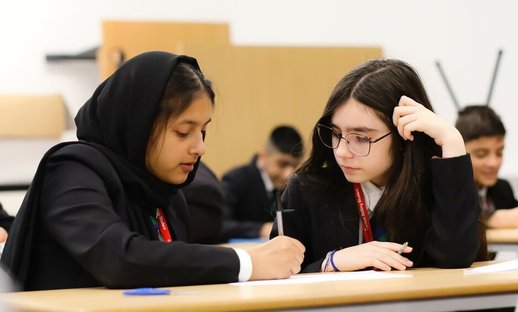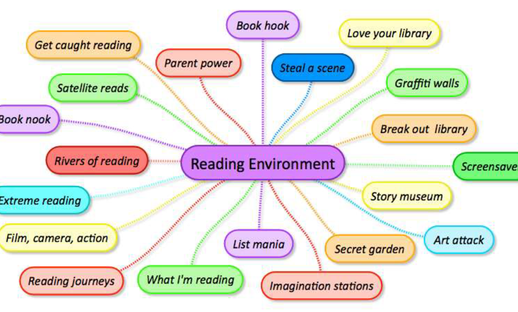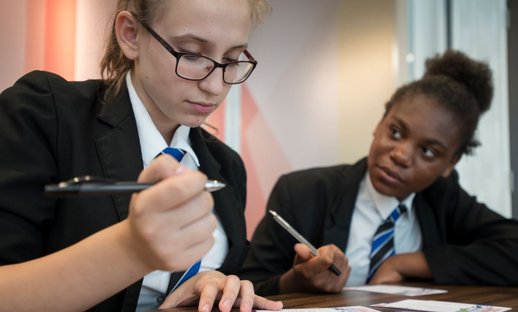Support your students to improve their verbal communication skills by teaching different types of interactive talk. Talk then becomes a tool for thinking, as the students share and rehearse their ideas. The aim is to develop student contributions of an explanatory, justificatory or speculative kind, lessening factual recall, so they can best express their interpretations.
There are two resource to help you explore and improve your practice in this area:
- Understanding different types of talk: This guide explains the difference between types of talk, what they look like, what they sound like and ideas regarding how each type could be taught
- Talk reflection tool: Use this simple reflection tool to evaluate how you teach talk in the classroom
Download files
You might also be interested in
-
Premium
A compilation of recent research and policy developments to support whole-school and disciplinary literacy in secondary schools.View details about Secondary School Literacy Research and Policy Guide -
Premium
These resources for secondary teachers provide practical tips and ideas for inspiring a vibrant whole-school reading environment.View details about Developing a whole-school reading environment for secondary schools -
Premium
In this case study we explore how a whole-school strategy for literacy has led to student achievement and Ofsted recognition in this Manchester all-through school.View details about Whole-school literacy: a case study from Abraham Moss Community School


